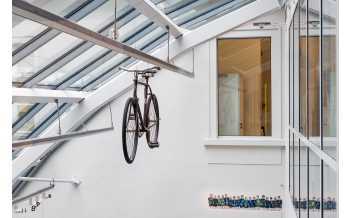Explore More
Activities
-
Ancient and Primeval Beech Forests of the...
This transboundary property stretches over 12 countries. Since the end of the...
-
Austrian Theatre Museum, Vienna: All year
Founded in 1923, the Austrian Theater Museum exhibits permanently sketches,...
-
City of Graz – Historic Centre and Schloss...
The City of Graz – Historic Centre and Schloss Eggenberg bear witness to an...
-
Fertö / Neusiedlersee Cultural Landscape,...
The Fertö/Neusiedler Lake area has been the meeting place of different...
-
Hallstatt-Dachstein / Salzkammergut...
Human activity in the magnificent natural landscape of the Salzkammergut...
-
Historic Centre of Vienna, Austria
Vienna developed from early Celtic and Roman settlements into a Medieval and...
-
Historic Centre of the City of Salzburg,...
Salzburg has managed to preserve an extraordinarily rich urban fabric,...
-
Holocaust Memorial, Vienna
The Holocaust Memorial, unveiled on 25 October 2, stands in Judenplatz in the...
-
Imperial Butterfly House, Vienna
In the middle of Vienna's beautiful historical Burggarten, encased in an...
-
Jüdisches Museum (Jewish Museum), Vienna
The Jüdisches Museum Wien, or the Jewish Museum Vienna, is a museum of Jewish...
-
Mozart's Birthplace, Salzburg
In Salzburg, Mozart's hometown, it's possible to visit his own house, an...
-
Museums Quartier, Vienna
The Museums Quartier Wien houses several autonomous artistic institutions,...
-
The Haus der Musik (House of Music), Vienna
The Haus der Musik (House of Music) in Vienna opened in 2000, and is the...
-
-
The Residenzgalerie, Salzburg: All year round
The 17th and 18th-century collection includes Italian, French, Austrian and...
-
Wachau Cultural Landscape, Austria
The Wachau is a stretch of the Danube Valley between Melk and Krems, a...























